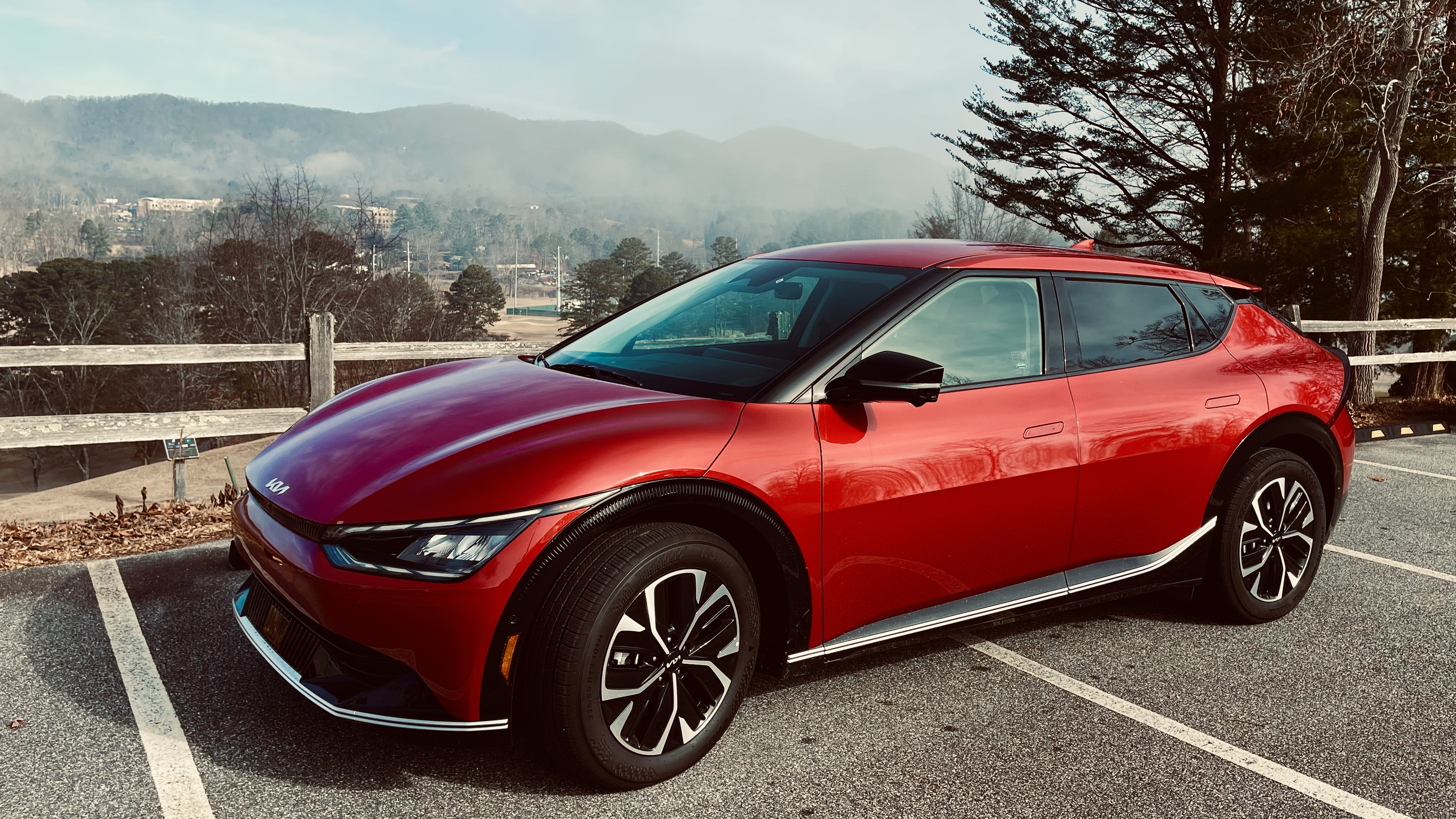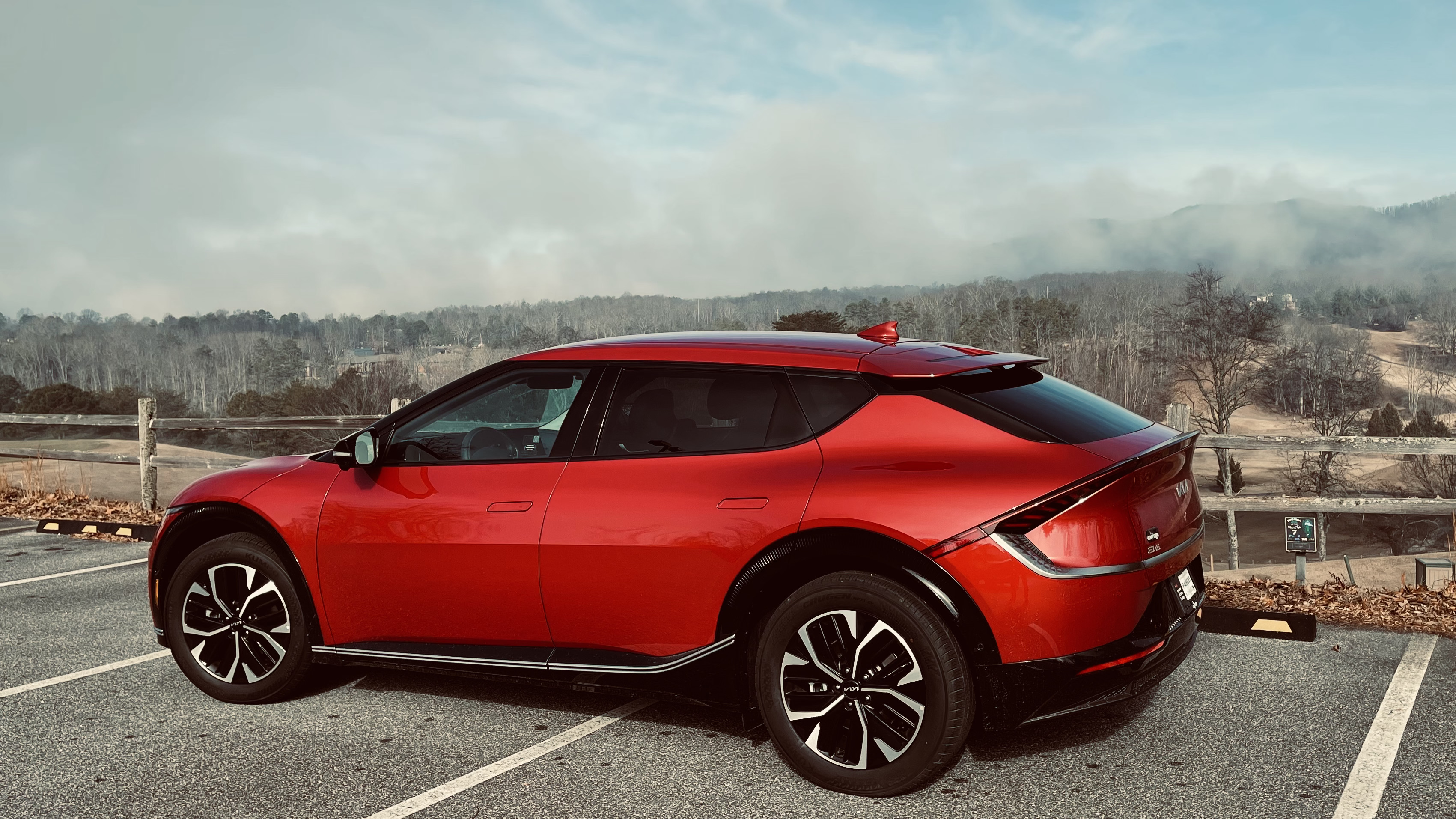Hey guys - I’ve been following this thread, I also own a 23 model myself. My work is designing lithium systems for military drones and RV’s, so I’ve been compiling some notes on the Outlander.
Regretfully, every time you drive your Outlander using the EV battery rather than the gas engine in below 32F degrees temperatures, you are inflicting permanent damage called Plating to the lithium cells. This is exactly why the Outlander suffers from more battery change-outs and poor health than any other plug-in.
Plating occurs below 32 degrees. As the electrolyte thickens from cold weather and becomes more dense as temperatures lower, it prevents the ions from traveling between the anodes and many ions become permanently lodged in the electrolyte. As more and more ions become stuck, it forms an insulator which is called plating that permanently damages the batteries health and capacity. Here’s some typical limits for cold weather operation.
Charging - Once lithium cell temperatures reach 32F degrees, charging the battery at any level is damaging the cells.
Discharging - Once lithium temperatures reach 0F degrees, discharging the battery an any level is damaging the cells.
While Mitsubishi is well aware of these temperature guidelines, they choose not to install a battery warmer on most Outlander models, since it would further reduce the battery range to power a PTC heater while driving. However I found there are some Outlander's equipped with two different types of PTC heaters in colder regions. In any case, instead of a PTC heater, they instead use a “Winter Protocol” to run the gas engine during start-up and while driving in cold weather.
Once the Outlander engine starts and warms to 150 degrees, the BMS then powers up the engine / generator to provide the majority of power needed to drive the car. This protocol warms the cabin with coolant heat and reduces most if not all the load from the lithium battery, thereby preventing permanent “plating” damage to the cells.
That said, do not defeat or avoid running the engine in winter. In fact, in cold temperatures your should avoid using the battery when ever possible. The engine in the Outlander is there for two reasons: when you run out of battery and when it’s too cold for the battery to operate.
Regretfully there is hundreds of threads where Outlander owners spend days talking and planning on how not to use the hybrid engine. There’s even threads on how to disable the engine during winter by removing relays and fuses to inhibit an engine which they paid thousands for.
I’m not sure where this mentality started to buy a Hybrid car with a limited battery and gas engine then waste electric range (fuel) lugging around an gas engine and transaxle weighing hundreds of pounds that’s never to be used.
These owners would be better off buying an Kia EV6 for the same money and have 325 miles of range and never worry about the engine starting and equipped with a PTC heater.
Finally, the Heat pump in the 23 Outlander only provides heat just below 32F. The new heat pump system is not really a "typical heat pump" since there is no condenser in the Outlander cabin. The way it heats the cabin is the high pressure side (hot) of the compressor is ran though a heat-exchanger which warms the engine coolant which is then circulated thru the cabin. This way when the engine starts nothing changes, as the engine warms the coolant to provide heat, the heat pump is turned off. I ran a test using an OBD reader with the gas engine off, I turned on the heat pump to 85 degrees and noted the engine temperature was 73.4 degrees, in 15 minutes the heat pump heated the engine to 123.8 degrees F. If you look on the passenger side under the hood you can see the small heat exchanger on the firewall with both AC and heater lines attached, you’ll also see where where the heat exchanger coolant lines enter the cabin.
By the way I’m writing a detailed article on the Outlander to include cold weather driving and many other aspects of the Outlander PHEV which should be completed in a week or so. Enjoy your great Outlander!
Best Regards - Mike

Regretfully, every time you drive your Outlander using the EV battery rather than the gas engine in below 32F degrees temperatures, you are inflicting permanent damage called Plating to the lithium cells. This is exactly why the Outlander suffers from more battery change-outs and poor health than any other plug-in.
Plating occurs below 32 degrees. As the electrolyte thickens from cold weather and becomes more dense as temperatures lower, it prevents the ions from traveling between the anodes and many ions become permanently lodged in the electrolyte. As more and more ions become stuck, it forms an insulator which is called plating that permanently damages the batteries health and capacity. Here’s some typical limits for cold weather operation.
Charging - Once lithium cell temperatures reach 32F degrees, charging the battery at any level is damaging the cells.
Discharging - Once lithium temperatures reach 0F degrees, discharging the battery an any level is damaging the cells.
While Mitsubishi is well aware of these temperature guidelines, they choose not to install a battery warmer on most Outlander models, since it would further reduce the battery range to power a PTC heater while driving. However I found there are some Outlander's equipped with two different types of PTC heaters in colder regions. In any case, instead of a PTC heater, they instead use a “Winter Protocol” to run the gas engine during start-up and while driving in cold weather.
Once the Outlander engine starts and warms to 150 degrees, the BMS then powers up the engine / generator to provide the majority of power needed to drive the car. This protocol warms the cabin with coolant heat and reduces most if not all the load from the lithium battery, thereby preventing permanent “plating” damage to the cells.
That said, do not defeat or avoid running the engine in winter. In fact, in cold temperatures your should avoid using the battery when ever possible. The engine in the Outlander is there for two reasons: when you run out of battery and when it’s too cold for the battery to operate.
Regretfully there is hundreds of threads where Outlander owners spend days talking and planning on how not to use the hybrid engine. There’s even threads on how to disable the engine during winter by removing relays and fuses to inhibit an engine which they paid thousands for.
I’m not sure where this mentality started to buy a Hybrid car with a limited battery and gas engine then waste electric range (fuel) lugging around an gas engine and transaxle weighing hundreds of pounds that’s never to be used.
These owners would be better off buying an Kia EV6 for the same money and have 325 miles of range and never worry about the engine starting and equipped with a PTC heater.
Finally, the Heat pump in the 23 Outlander only provides heat just below 32F. The new heat pump system is not really a "typical heat pump" since there is no condenser in the Outlander cabin. The way it heats the cabin is the high pressure side (hot) of the compressor is ran though a heat-exchanger which warms the engine coolant which is then circulated thru the cabin. This way when the engine starts nothing changes, as the engine warms the coolant to provide heat, the heat pump is turned off. I ran a test using an OBD reader with the gas engine off, I turned on the heat pump to 85 degrees and noted the engine temperature was 73.4 degrees, in 15 minutes the heat pump heated the engine to 123.8 degrees F. If you look on the passenger side under the hood you can see the small heat exchanger on the firewall with both AC and heater lines attached, you’ll also see where where the heat exchanger coolant lines enter the cabin.
By the way I’m writing a detailed article on the Outlander to include cold weather driving and many other aspects of the Outlander PHEV which should be completed in a week or so. Enjoy your great Outlander!
Best Regards - Mike






























